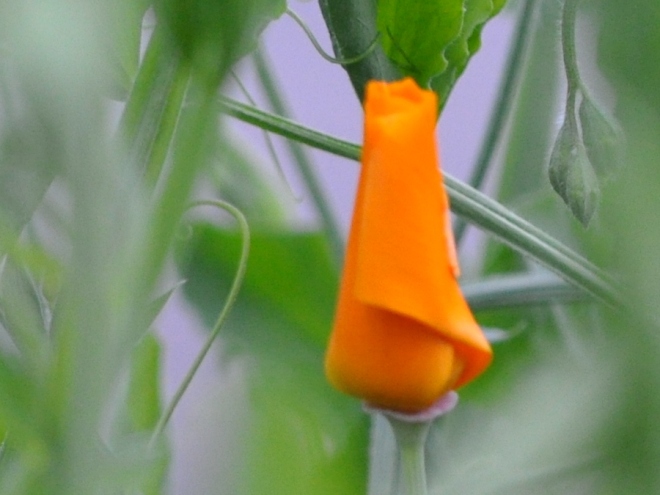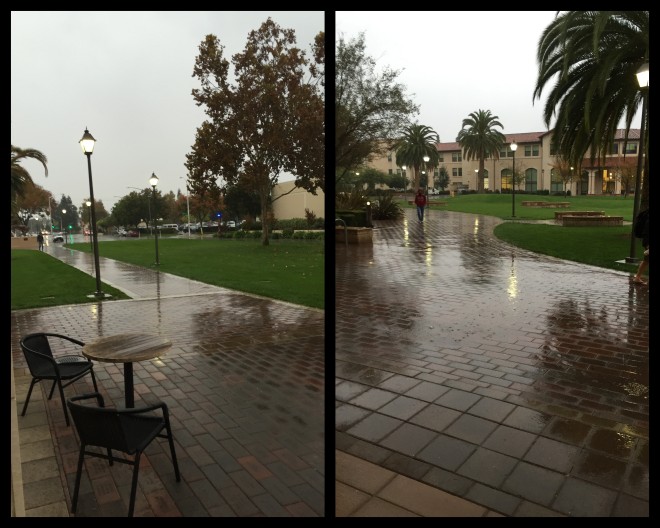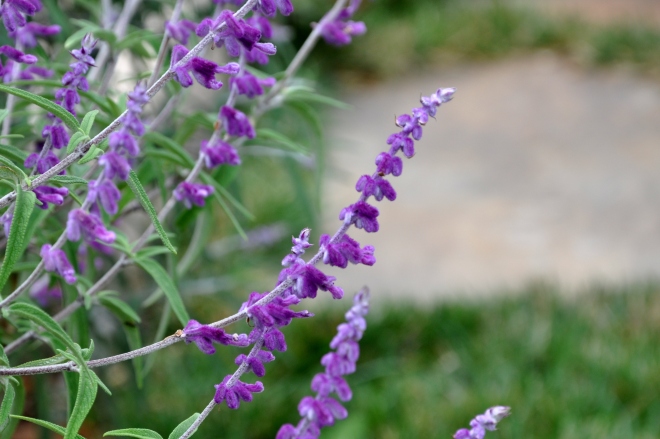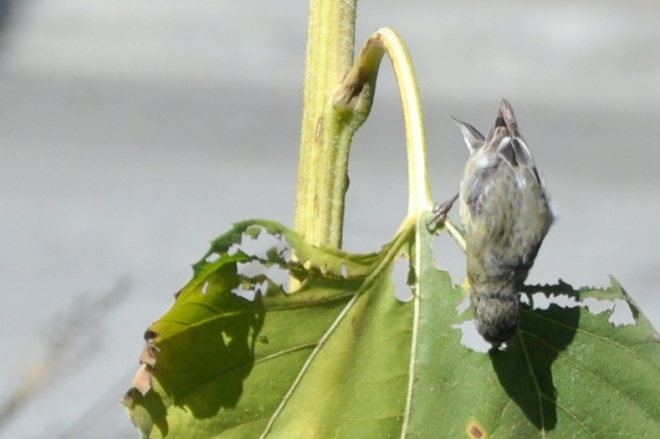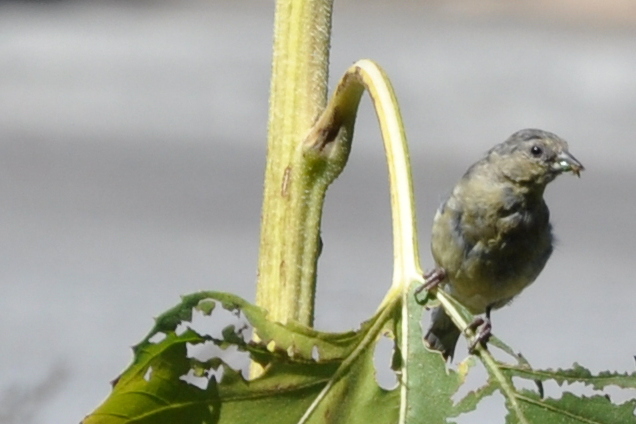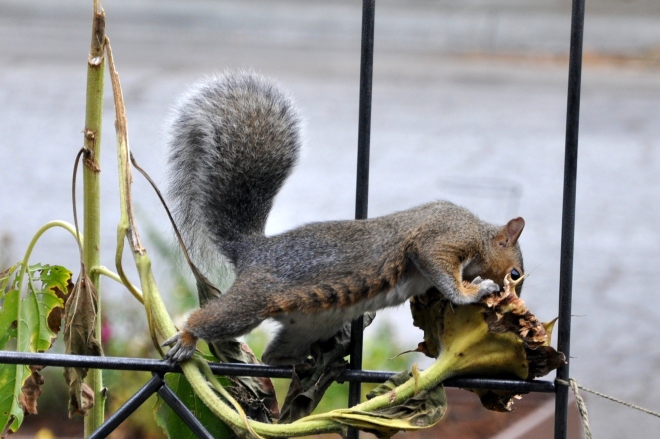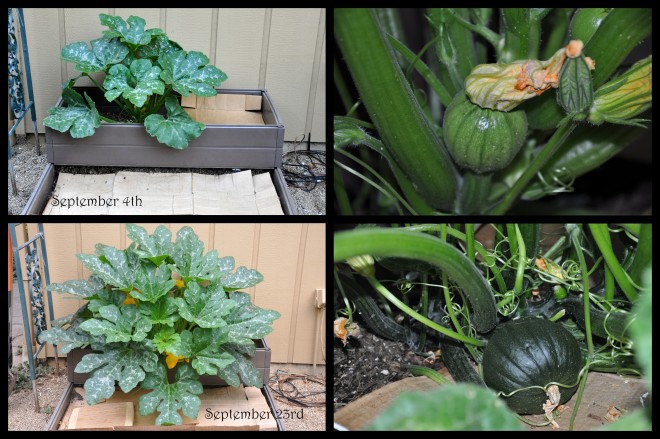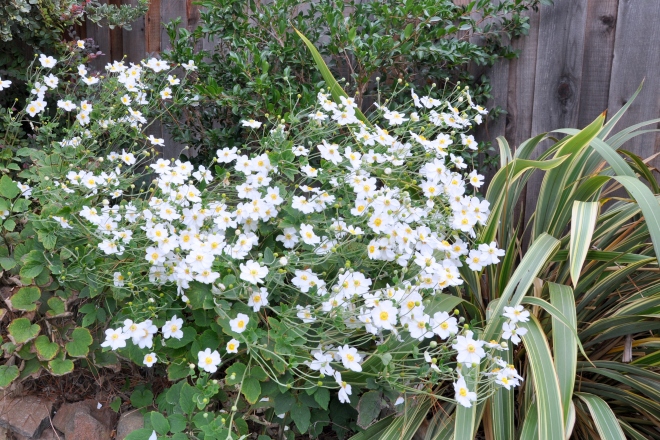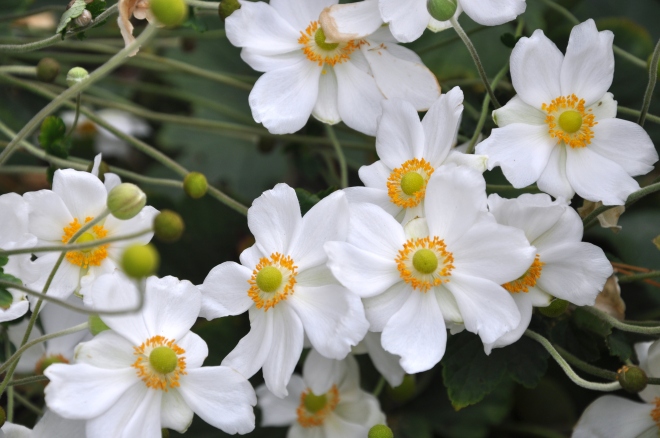I refer to my calendar each year to confirm the first day of spring. My garden needs no such reminder. While I’m busy planning in my head or on paper, my garden knows it’s time to spring forth. Every year it takes my breath away. I’m more steward, than gardener most days. I keep the weeds at bay, train the vines away from the sidewalk and trim away spent flowers or browning leaves.
In truth, none of these things are necessary. I like a tidy garden, so grooming the plants brings me pleasure. It’s also an opportunity to kneel on the earth, a way to feel connected to something magnificent. Mother Earth never ceases to amaze me.
According to The Farmer’s Almanac:
“On the equinox, Earth’s two hemispheres are receiving the Sun’s rays about equally because the tilt of the Earth is zero relative to the Sun, which means that Earth’s axis neither points toward nor away from the Sun.”
Meteorologically speaking, March 1st is the first day of spring in the Northern Hemisphere. Astronomically, the equinox is generally considered the start of spring. Today is the day that both hemispheres have exactly the same amount of daylight. That in itself is something fun to celebrate.
Come have a look at my garden on this cool, overcast, early spring day.
I have a bounce in my step and a racing heart. Spring, glorious spring. You never let me down. Are you ready for the changing season? Are you entering Spring or Autumn?









